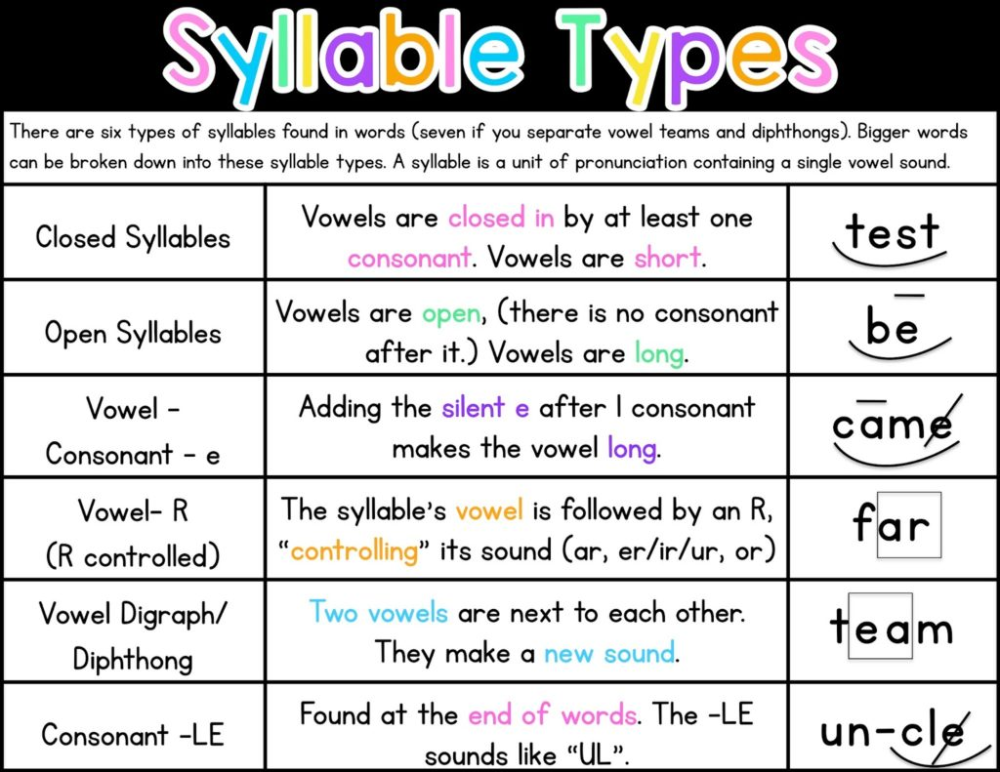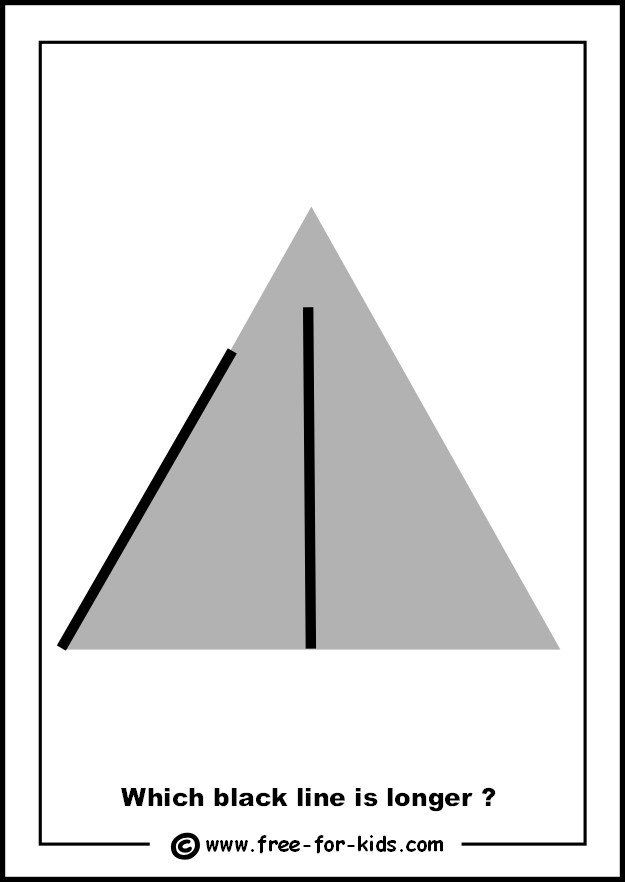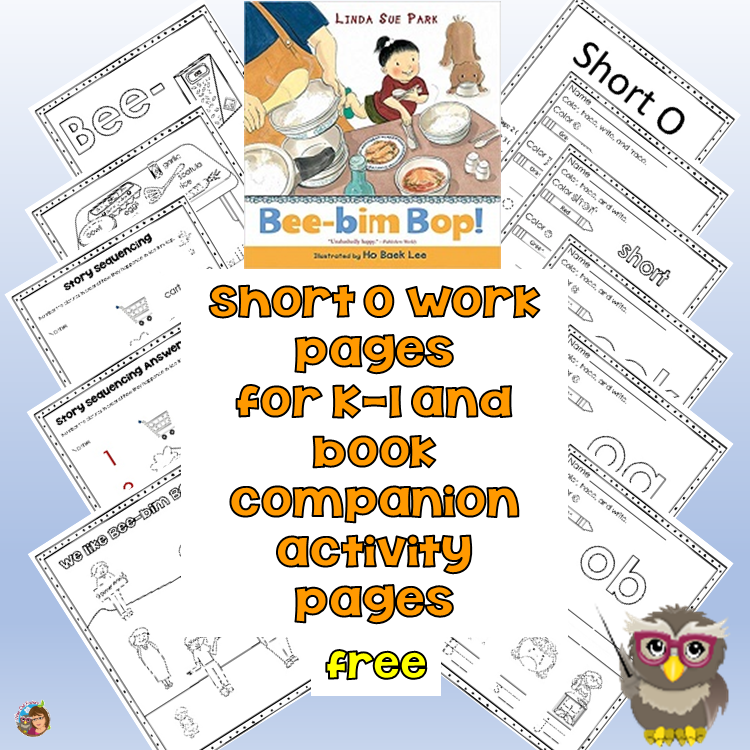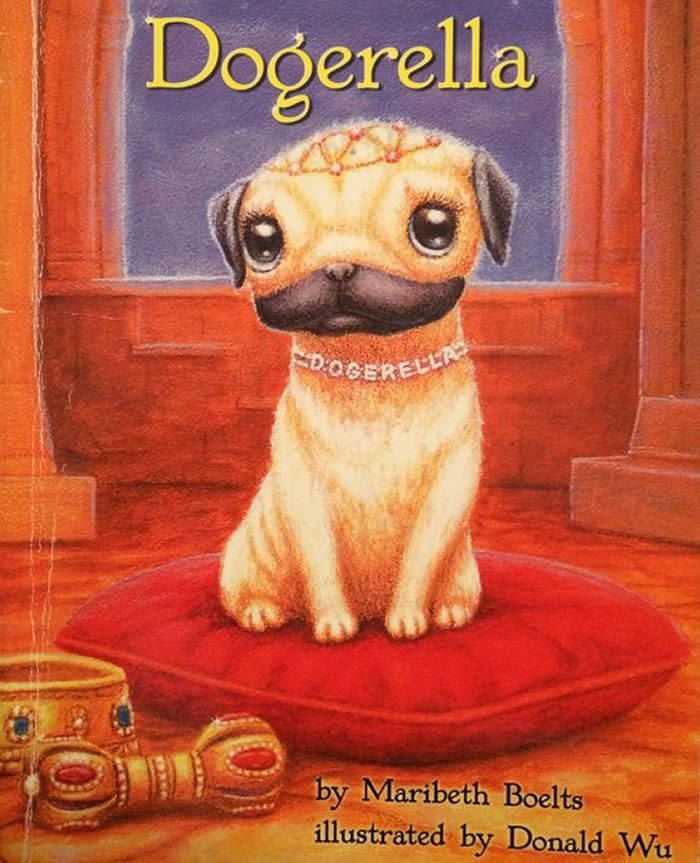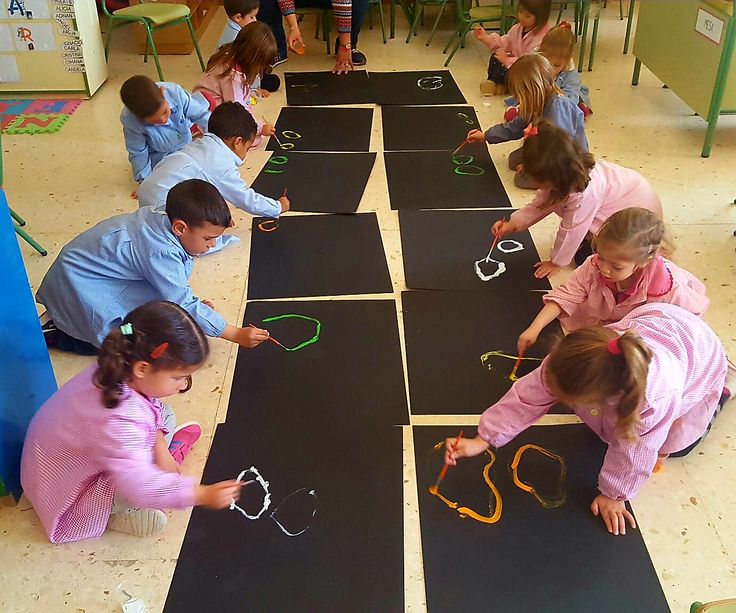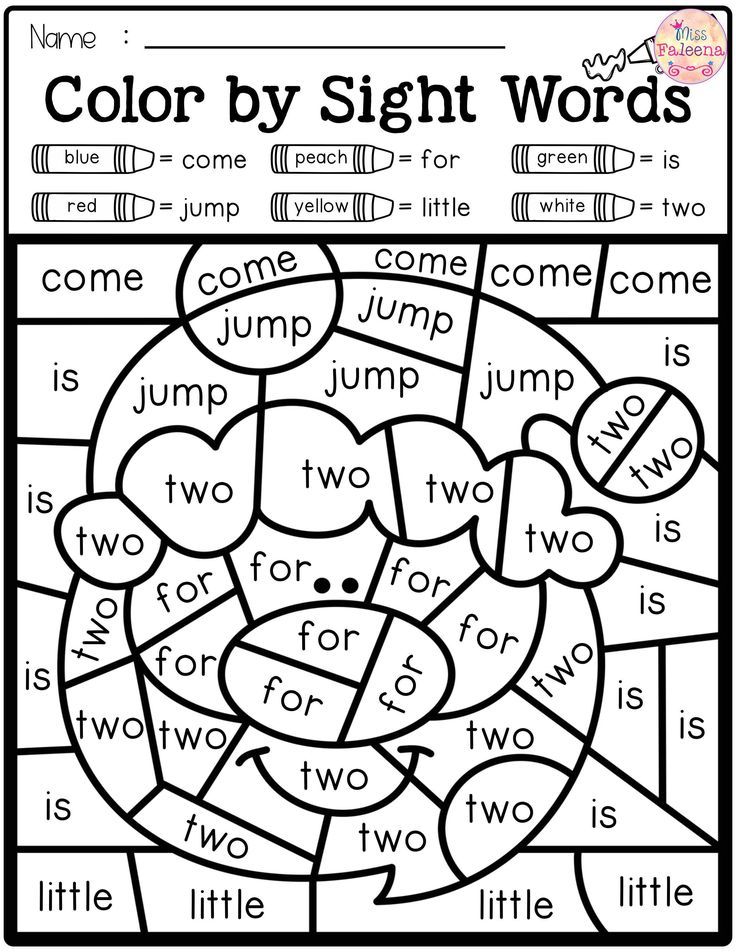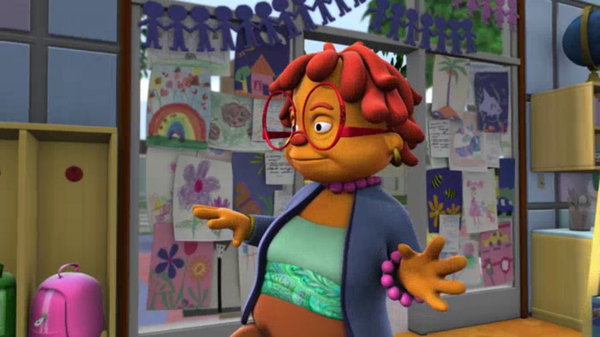How to spell syllables
Spell tip 6 syllable breakdown — How to Spell
Spelling Tip 6 - using the spelling strategy syllable breakdown.
Syllable breakdown is a strategy to help you spell long words. It's great because it helps you identify bits of the word that cause problems or helps you remember those pesky silent letters.
Breaking a word down into syllables means:
- you break a word down into little spoken chunks and
- each chunk is called a syllable
- each chunk usually has a vowel or vowel sound in it.
1 syllable trick
2 syllables paper - pa/per
3 syllables computer - com/pu/ter
4 syllables application - ap/pli/ca/tion
5 syllables examination - ex/am/in/a/tion
Syllable breakdown also helps you identify prefixes and suffixes - remember those?
prefix - small words added at the beginning of a root word
suffix - small words added to the end of words
dissatisfied = dis /sat / is / fied
uncomfortable = un/com/fort/able
irregularly = ir/reg/u/lar/ly or ir/re/gu/lar/ly
*It's up to you how you break a word down - as long has it helps you. There's no right or wrong way.
Problem: But some people find it hard to identify syllables or hear them - that's fine. So use other methods that rely on seeing the separate bits of the word. See the small words within words, the root word, prefix and suffix. I spoke about words within words in spelling tip 5 - using memory tricks
You're probably thinking that you don't actually know how to spell the little syllable words!
I'll admit that syllable breakdown is great for good spellers because they know letter patterns and their sounds.
Good spellers have an excellent visual memory for what looks right. They know the 'qua' in qualification is spelt with an 'a' not 'o' just like the other 'qua' words: quarter, quart, quantity, quaint, quality.
You can develop this skill, too, by practicing/practising (BrE) spelling, noticing the patterns and rules.
Spelling won't happen by just reading about it - you have to work at it
A good tip for dyslexics is to identify vowels in words.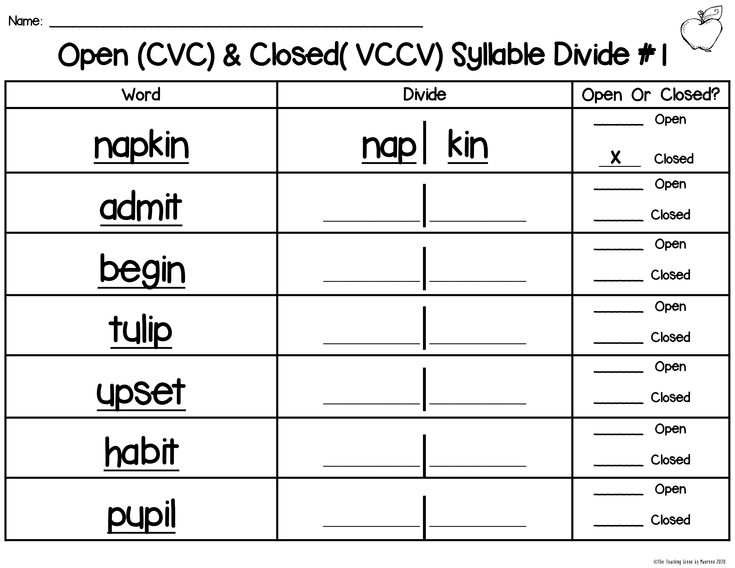 (Thanks to www.beatingdyslexia.com)
(Thanks to www.beatingdyslexia.com)
separate — separate Can you see the vowels and also the word within a word? ( a rat - "separate a rat" ) sep a rat e
qualification — qualification
museum — museum (see the u either side of the e)
Using syllable breakdown is a strategy to help you, especially with long words and it's up to you how you break the word down - as long has it helps you. There's no right or wrong way. Exaggerate the sound use it in combination with memory tricks.
Use anything to help you remember the spelling of words that are important in your life
assistant = ass / is / tant (3 syllables)
organisation = or/ gan /i / sa/ tion (5 syllables)
When you break a word down it helps to know the common suffix endings.
–tion: –ment, -ly, -ture, -ing
-ture: ad-ven-ture, fu/ture, tem/pe/ra /ture
-ly: faith/ful/ly, grate/ful/ly (see the 2 x l)
-ment: com-part-ment, a/part/ment
-tion: de-te-ri-or-a-tion, dec/or/a/tion, mul/ti/pli/ca/tion
-sion ex/ten/sion, ap/pre/hen/sion
examination - ex/ am / in / a / tion
comprehensive - com/ pre / hen/ sive
Anne Betteridge, in her book Adult Learner's Guide to Spelling, says: “If breaking words into syllables doesn't make sense to you then don't worry. Some people find it hard. A word can be broken up in several ways”
hearing
- small words - h ear ing
- suffix endings - hearing
- letter patterns - hear, near, dear, fear
- say it oddly - "he" "a" "ring"
memory trick for hear, hearing, heard, hears: you hear with your ear
Listen and write what you hear.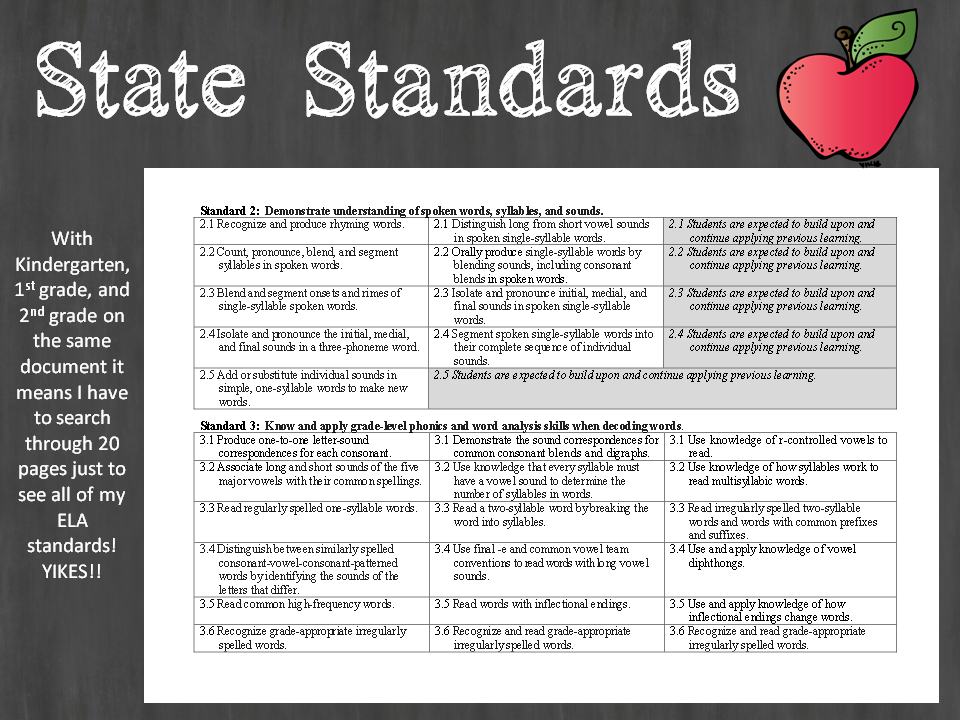 Pause the player if you need more time.
Pause the player if you need more time.
Remember to use memory tricks, your knowledge of letter patterns, spelling rules, prefixes and suffixes or break the long words into syllables to help with the spelling.
Answers:
1. My doctor gave me a comprehensive examination.
2. My apartment needs decorating.
3. I want to be a retail assistant in the future.
4. The temperature is hot for September.
5. Please phone him immediately.
6. On Wednesday, I have an interview for a job.
7. The expansion of Heathrow is inevitable.
8. I'm very grateful for your excellent advice.
9. What experience and qualifications do you have?
10. I'm very dissatisfied with the way things are going in the company.
Interested in learning how to remember difficult words? Want to learn more Spelling Strategies? Then click here and you'll never be stuck for that spelling you need to remember and always forget!
For more info on suffixes click here
For more info on letter patterns click here
Knowing the letter patterns & their sounds is vital - check out my Spelling Sounds and Patterns Course on Udemy.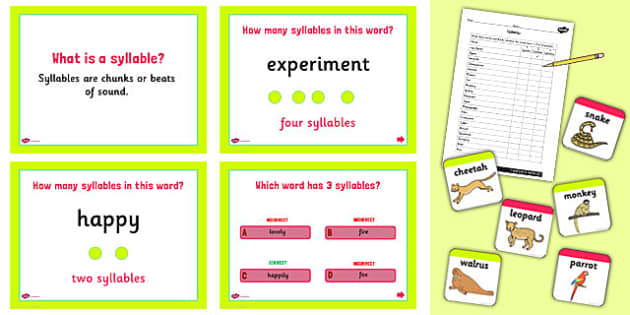 com
com
Syllables | 3rd Grade Spelling
Learning about syllables can help you read and spell more words.
That's because words are made of one or more syllables!
A syllable is a single, unbroken sound of a word.
Car
'Car' has one syllable.
It has just one vowel sound.
One-syllable words are called monosyllabic. 🤓
Now look at:
Carpet
It has two syllables!
Car · pet
Syllables usually contain a vowel and some consonants.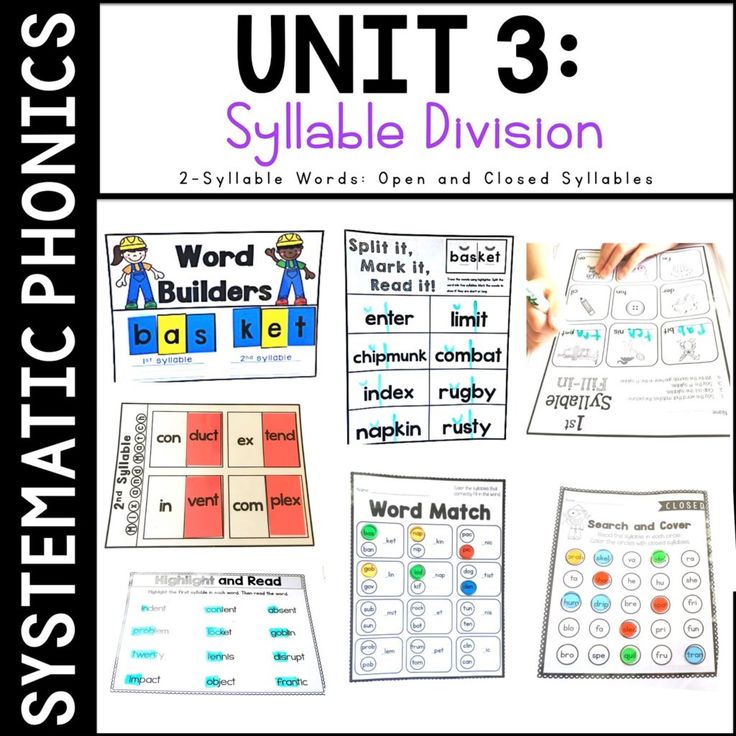
🔈 Syllables are like the beats of spoken language.
The number of times you hear a vowel sound is the number of syllables a word has!
Say 'Carpet' out loud.
It has one short 'a' sound and one short 'e' sound. So it has 2 syllables!
Let's look at some more examples of words and their syllables.
cof · fee
Spelling tip: In two-syllable words, the middle consonants are sometimes doubled when they come after a short vowel sound.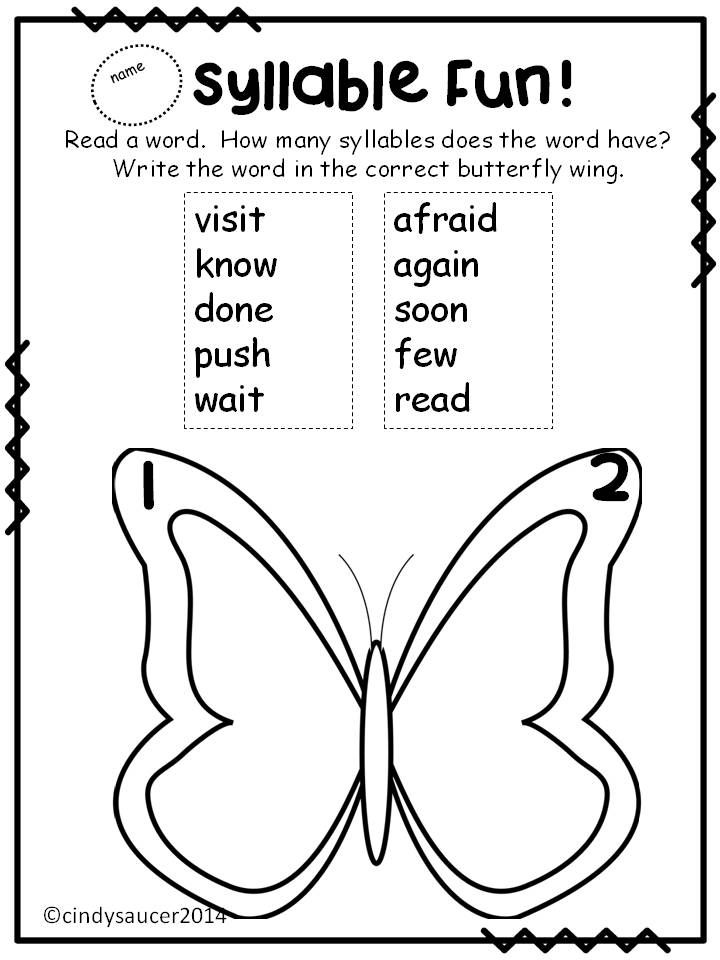
ad · dress
suc · cess
Syllable tip: if you see two consonants surrounded by vowels, there's a syllable split between the two consonants! (except if the consonants make a digraph like 'th' or 'sh')
ac · ci · dent
Syllable tip: there is never a syllable split between consonant digraphs like 'sh', 'th', and 'ch', because consonant digraphs make just one consonant sound!
broth · er
Tip: consonant digraphs are two consonants that together make one sound.
🤔 How many syllables does computer have?
com · pu · ter
Computer has 3 syllables 👍
🤔 How many syllables does category have?
cat · e · gor · y
Category has 4 syllables. 👍
Breaking down a word into syllables can help you spell the word.
Did you know there are 2 types of syllables?
1. Closed Syllables
Closed syllables end in a consonant and usually have a short vowel sound, like spot, hat, let.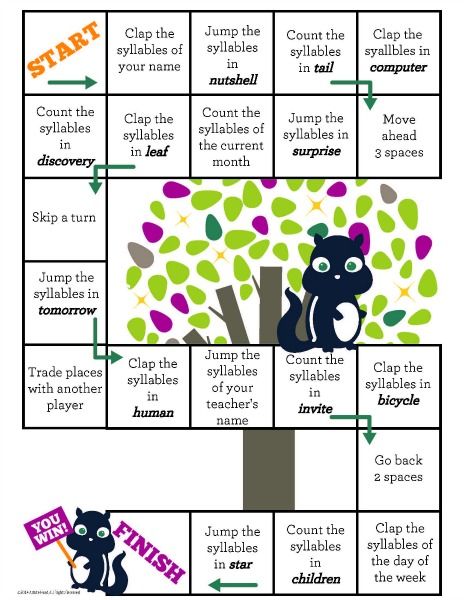
2. Open Syllables
Open syllables end in a long vowel like me, be, my. They aren't closed by a consonant.
Spelling tip: Long vowels are usually at the end of a syllable.
If you see a long vowel, it's probably the end of an open syllable.
Take a look:
e · ven
pa · per
Syllable tip: If an r comes after a vowel, it goes in the same syllable as the earlier vowel!
mar · ket
or · der
Syllable tip: When a word ends in Consonant-le pattern, those letters make the last syllable.
snug · gle
bat · tle
Great job learning about syllables. Now, try the practice. 😺
Dividing words into syllables - rules, examples, schemes
Dividing words into syllables is performed in accordance with the number of vowels, and also taking into account the peculiarities of the sound composition of words.
This article will focus on the phonetic syllable, how to correctly divide words into syllables. We take into account that the phonetic division into syllables does not always coincide with the spelling of words.
What is a syllable?
In speech, all words of the Russian language consist of minimal sounding units - syllables. Let's define what a phonetic syllable is.
Definition
The phonetic syllable is the smallest unit of speech that consists of a vowel or a vowel with one or more consonants.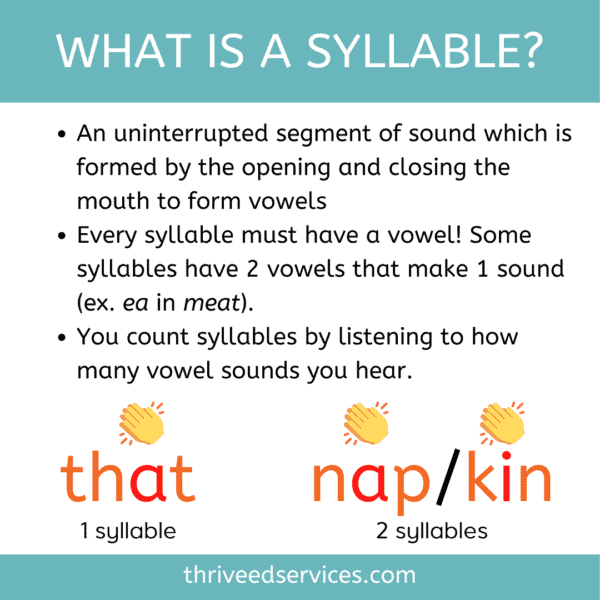 The syllable is pronounced with one push of exhaled air.
The syllable is pronounced with one push of exhaled air.
A vowel forms a syllable. A syllable always has only one vowel. It can independently create a phonetic syllable, as well as in combination with one or more consonants. The consonants cluster around a single vowel. In this regard, according to the sound composition, three types of syllables are distinguished:0003
1. The syllable is one vowel sound:
- A-DRES
- and-dollars O-Strova
- U-Kor
- E-tune
- ONO-TO
- CO-LO-MO
- SO-RO-RO-RO-RO-RO-RO-RO-RO-RO-RO-RO-RO-RO-RO-RO-RO-RO-RO-RO-RO-RO-RO-RO-RO-RO-RO-RO-RO-RO-RO-RO-RO-RO-RO-RO-RO-RO-RO-RO-RO-RO-RO-RO-RO-RO-RO-RO-RO-RO-RO-RO-RO-RO-RO-RO-RO-RO-RO-RO-RO-RO-RO-RO-RAS 3. SLOG Forms several consonants:
- red
- stars
- bargain
Open and closed syllables
Syllables are open and closed.
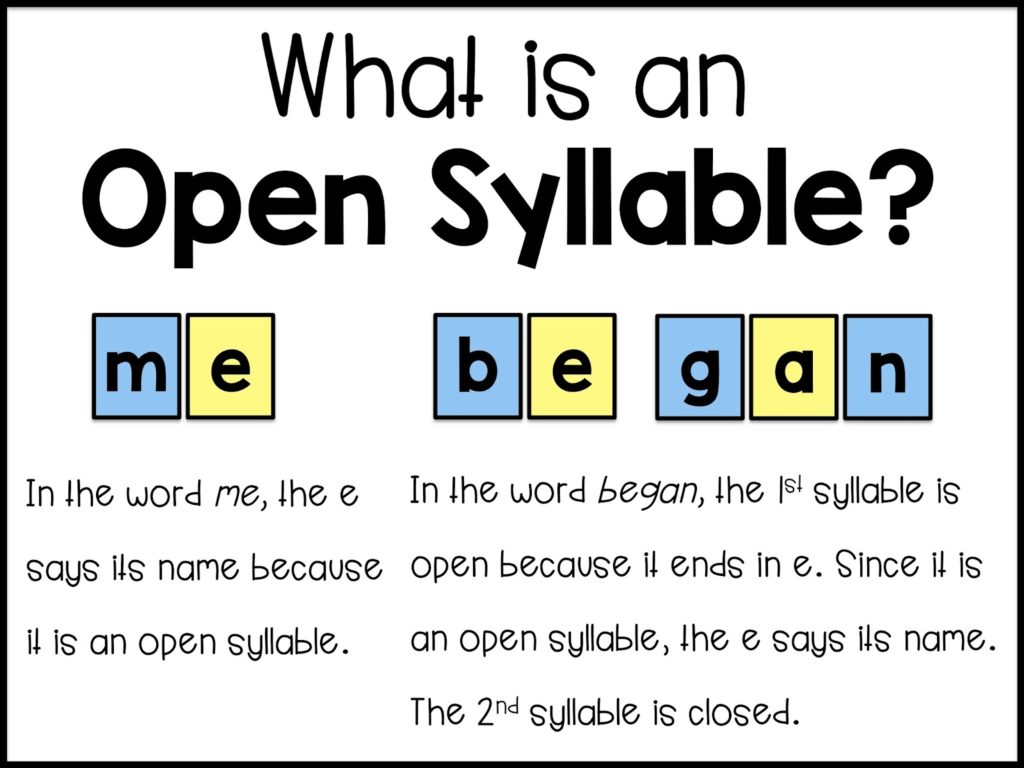 In the words of the Russian language, most syllables are open. Open syllables Organize all vowels alone or combined with consonant sound:
In the words of the Russian language, most syllables are open. Open syllables Organize all vowels alone or combined with consonant sound: - O-kun A-IR
- BO-LLO
- ANOTHER-BLAY
Closed syllables form all consonants at the end of the words:
- Nail
- COPS
- CHO-LUBLE
-
- Stoszh
Unpaired voiced consonants [d'], [l], [l'], [m], [m'], [n], [n'], [p], [p'] can form a closed syllable in any phonetic position: at the beginning, in the middle and at the end of words:
- zer-ka-lo
- bol-tic
- sa-rai-chik
- sa-ra-fan
Words are divided into phonetic syllables according to the number of vowels. A word contains as many syllables as it has vowels. One vowel sound surrounded by consonants creates a monosyllabic word that is not divided into syllables:0022 Waltz
- BROD
- Stoszh
To be divided into syllables, it should have at least two vowels that form two-syllable words:
- Yu-Zhik
- pre-MIK
- sa-lat
- rabbit
0023
Considering that the syllable ends with vowel and vowels, and a group of subsequent noisy consonants, in combination with a sonorant sound or without it, departs at the syllable boundary to the next phonetic syllable:
- 0021 Co-post-ni-e
Only unpaired loud consonants in the middle of the word can close the syllable:
- Al-fu-Vitov
- Stroy
- Kvar-tali
- lan-dy-she-vy
- noiseless
nni-sny
This syllable division is phonetic, which does not coincide with orthographic hyphenation of words with double consonants.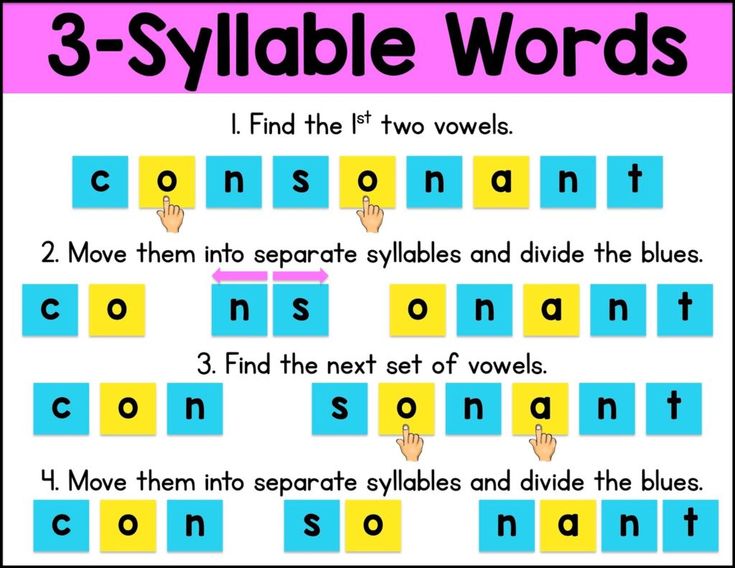
letters “Y”, “B”, “Kommersant” belong to the syllable, after which they are written:
- Rei
- subtract
Let's indicate the order of dividing words into syllables using the following algorithm.
Algorithm for dividing words into syllables
- read the word;
- emphasize vowel sounds;
- count the number of vowels;
- let's see if the word has double consonants, unpaired voiced consonants, "b" or "b" ;
- we divide the word after each vowel into syllables, taking into account the indicated features.
Examples
1. nightingale
This word has 4 vowels that form the same number of syllables. A soft dividing sign is written in the middle. We divide the word into four phonetic syllables. We leave a soft sign after the consonant, indicated by the letter "v" :
so-lov-i-ny
In this word, two syllables are open, and the third and fourth syllables close respectively the voiced consonant "v" and the unpaired voiced consonant, indicated by the letter "th" » .
In accordance with this division into syllables, we transfer this word from one line to another in three ways:0003
In this word, we indicate 4 vowel sounds that organize four phonetic syllables:
u-part-e
All syllables are open. The first and last syllable form vowels on their own. The third syllable is a vowel with noisy consonants.
In accordance with this phonetic syllable division, a word cannot be transferred, since one letter, even constituting a syllable, does not remain on the line and is not transferred to the next. Let's attach them to the next and previous syllable and get the correct variant of word transfer by syllables:
participation
Division of words into syllables-Rules (1st class)
4
Average rating: 4
Total assessments: 680.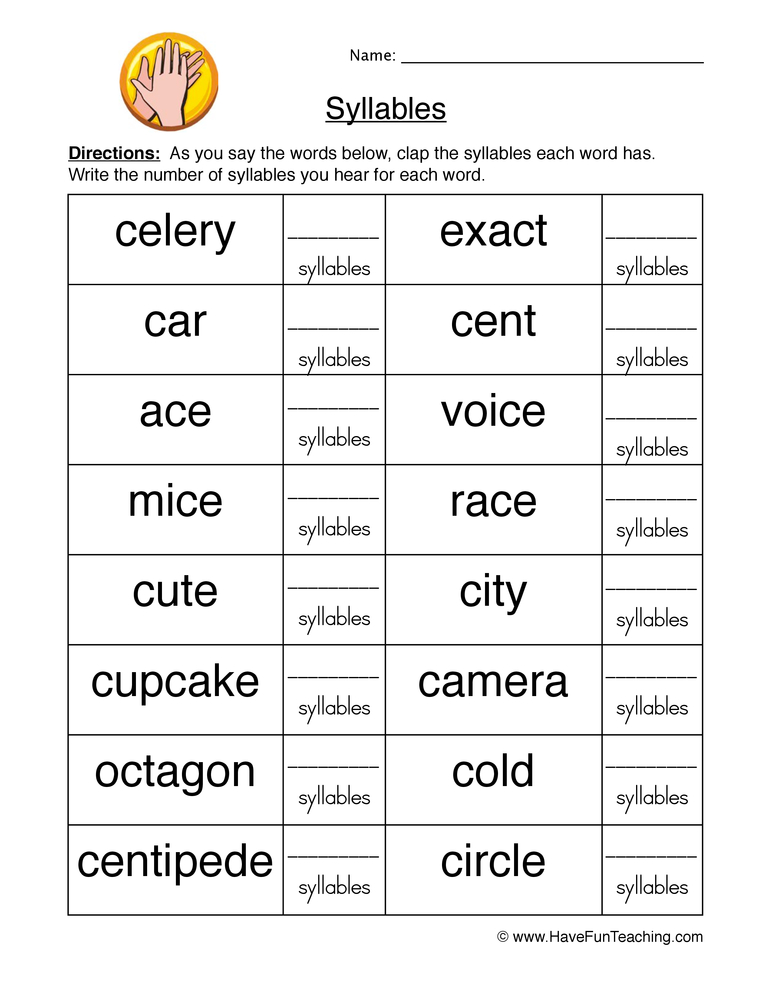
updated July 5, 2022
4
Average rating: 4
Total ratings received: 680.
Updated on July 5, 2022
When studying phonetics, schoolchildren, starting from grade 1, not only characterize sounds, but also divide words into syllables. Dividing words into syllables is somewhat difficult, and now we will find out how to cope with the task without errors.
The material was prepared jointly with the teacher of the highest category Kuchmina Nadezhda Vladimirovna.
Experience as a teacher of Russian language and literature - 27 years.
What is a syllable
A syllable is an element of a word that we pronounce on one push of air.
The vowel is the syllabic sound in Russian. That is, the syllable must necessarily have a vowel sound, it forms the basis.
Sometimes, if a word contains three or four consonants side by side and among them there is a sonorant [p] or [l], it takes on a syllable-forming function: Alexander, meaning.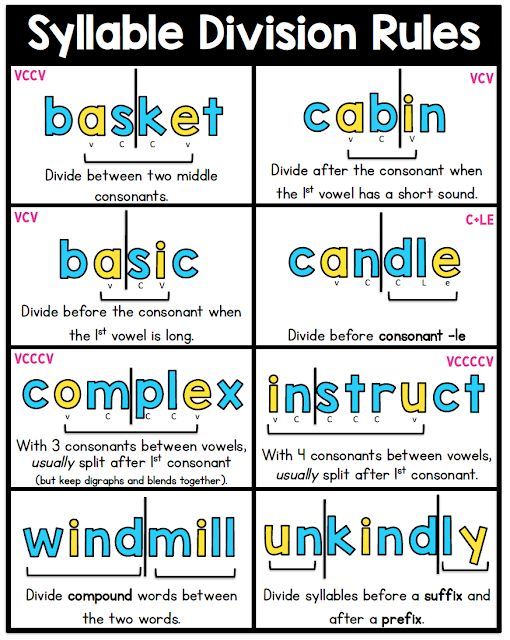 Then we pronounce the word with a slight overtone near the syllabic consonant. But at school, such a syllable is not accepted.
Then we pronounce the word with a slight overtone near the syllabic consonant. But at school, such a syllable is not accepted.
In addition to the vowel, consonants may appear in the syllable, but they may not be: o-sen .
Syllables are open (ending in a vowel) and closed (ending in a consonant).
Once in Russian there were only open syllables; in the process of language development, a number of vowels disappeared, the number of syllables decreased and some of them became closed.
How to divide into syllables
There are two phonological schools: Moscow and Leningrad. They have different rules for dividing words into syllables. Most often, school textbooks use the system proposed by R. I. Avanesov (Moscow Phonological School). From his point of view, the syllable division takes place in the place of the greatest difference in sonority. This means that open syllables predominate because the vowel is much more sonorous than almost any consonant.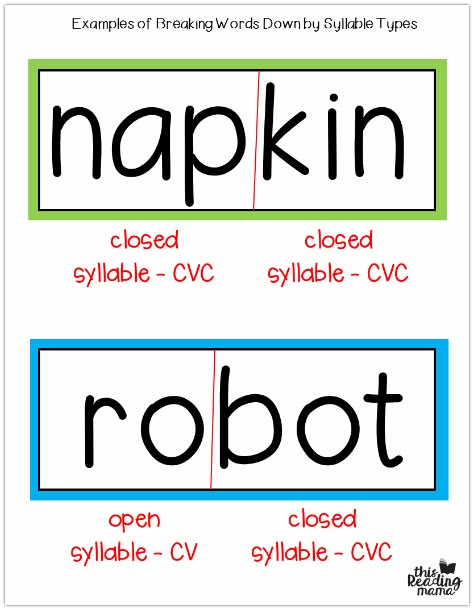 Example : ko-hundred-chka, Lu-dmi-la, simple .
Example : ko-hundred-chka, Lu-dmi-la, simple .
However, if a vowel is followed by a sonorant one (l, m, n, p, d), followed by a noisy one, then the difference in sonority between sonorant and noisy is greater than between the vowel and sonorant, and then the syllable division passes between sonorant and noisy: space .
Does the division of words into syllables and division for hyphenation coincide?
The division of a word into syllables is related to the phonetic (sound) analysis of the word. We divide the word for transfer, taking into account the division into syllables, but still according to morphemes. That is, the transfer, if possible, passes along the border of morphemes.
Let's say if the word has a double consonant (laugh) , when divided into syllables, the double consonant always goes into the next syllable (ra-ss-me-s) , when transferring, it is supposed to leave one letter on one line, and transfer the other (transfer division: ras-laugh-yat-sya ).